Begrip Around the Clock darts etiquette is crucial for enjoying this fast-paced game while respecting your fellow players; it involves everything from turn-taking fairness to responsible dart handling. This article will guide you through the essential dos and don’ts to ensure a smooth and enjoyable Around the Clock darts experience for everyone involved, covering aspects like game flow, safety, and general sportsmanship.
⚠️ Still Using Pen & Paper (Of een schoolbord)?! ⚠️
Stap in de toekomst! De Dart Teller -app behandelt alle scoren, stelt kassa voor, en volgt uw statistieken automatisch. It's easier than you think!
Probeer de Smart Dart Teller -app gratis!Klaar voor een upgrade? Klik hierboven!
Understanding the Basics of Around the Clock Darts
De klok rond, sometimes referred to as ‘Around the World,’ is a popular darts game that tests accuracy and consistency. The basic premise involves hitting each number on the dartboard in sequence, starting with 1 and progressing up to 20, and then often finishing with the bullseye. Before diving into Around the Clock darts etiquette, it’s important to have a firm grasp on the rules of the game. Variations exist, but the core objective remains the same: be the first player to successfully hit all numbers in order.
Successfully playing Around the Clock demands a steady hand and strong focus, but knowing what is expected of you is just as important to ensure a positive experience for everyone. The game can be modified to suit different skill levels, making it accessible for both beginners and experienced players alike. Bijvoorbeeld, you can simplify the game by allowing hits in the triple or double segments to count toward the number, instead of requiring only the single section. The objective is to tailor the game to suit all playing levels.
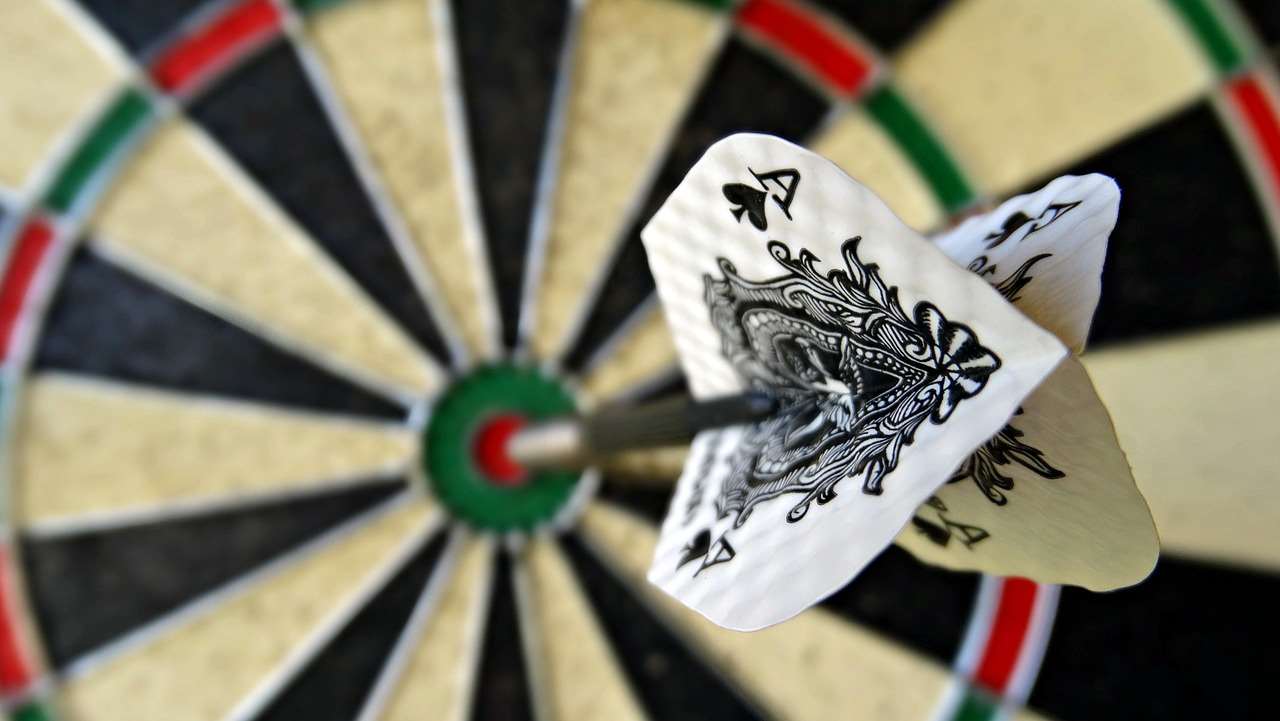
Essential Rules and Game Flow Etiquette
Maintaining a smooth game flow is paramount to good Around the Clock darts etiquette. Here’s a breakdown of what’s expected:
- Turn Taking: Players should take turns throwing their darts in a consistent order. Establish the order at the beginning of the game and stick to it. Avoid rushing or delaying your throws unnecessarily.
- Dart Retrieval: Retrieve your darts promptly after your turn, being mindful not to obstruct the throwing area of the next player. Step to the side and wait until the other player has completed their throw before approaching the board.
- Keeping Score: Appoint a scorer or rotate the responsibility among players. The scorer should accurately record each player’s progress. Clarity in scoring minimizes disputes and ensures fair play.
- Throwing Line: Adhere to the official throwing line (oche). Do not cross it when throwing.
Herinneren, clear communication and adherence to these basic rules greatly enhance the playing experience. Begrip Basic Darts Fundamentals for Beginners will also contribute to a smoother, more enjoyable game for you and your fellow players.
Considerations for Game Flow with Beginners
When playing with beginners, it’s especially important to be patient and understanding. Encourage them, offer helpful tips, and avoid putting undue pressure on them to speed up their play. Adapting the rules, for example, using Adapting darts rules for beginners, can make the game more enjoyable and less intimidating for newcomers.
Dart Handling and Safety Etiquette
Safety is a primary concern in any darts game. Careless dart handling can lead to injuries. Here’s a rundown of safety protocols:
- Throwing Area: Ensure the throwing area is clear of obstacles and bystanders. Establish a designated safety zone around the board.
- Dart Condition: Regularly inspect your darts for any damage, such as loose flights or sharp edges. Damaged darts can be dangerous and inaccurate.
- Throwing with Caution: Always be aware of your surroundings before throwing. Avoid throwing when someone is near the board or in your throwing path.
- Retrieving Darts Safely: When retrieving darts, approach the board with caution. Announce your presence to alert other players. Remove darts carefully, avoiding sudden movements.
Responsible dart handling is not just about avoiding accidents; it’s also about respecting the equipment and your fellow players. Being aware of these aspects of Around the Clock darts etiquette helps ensure a safe and enjoyable environment for everyone.
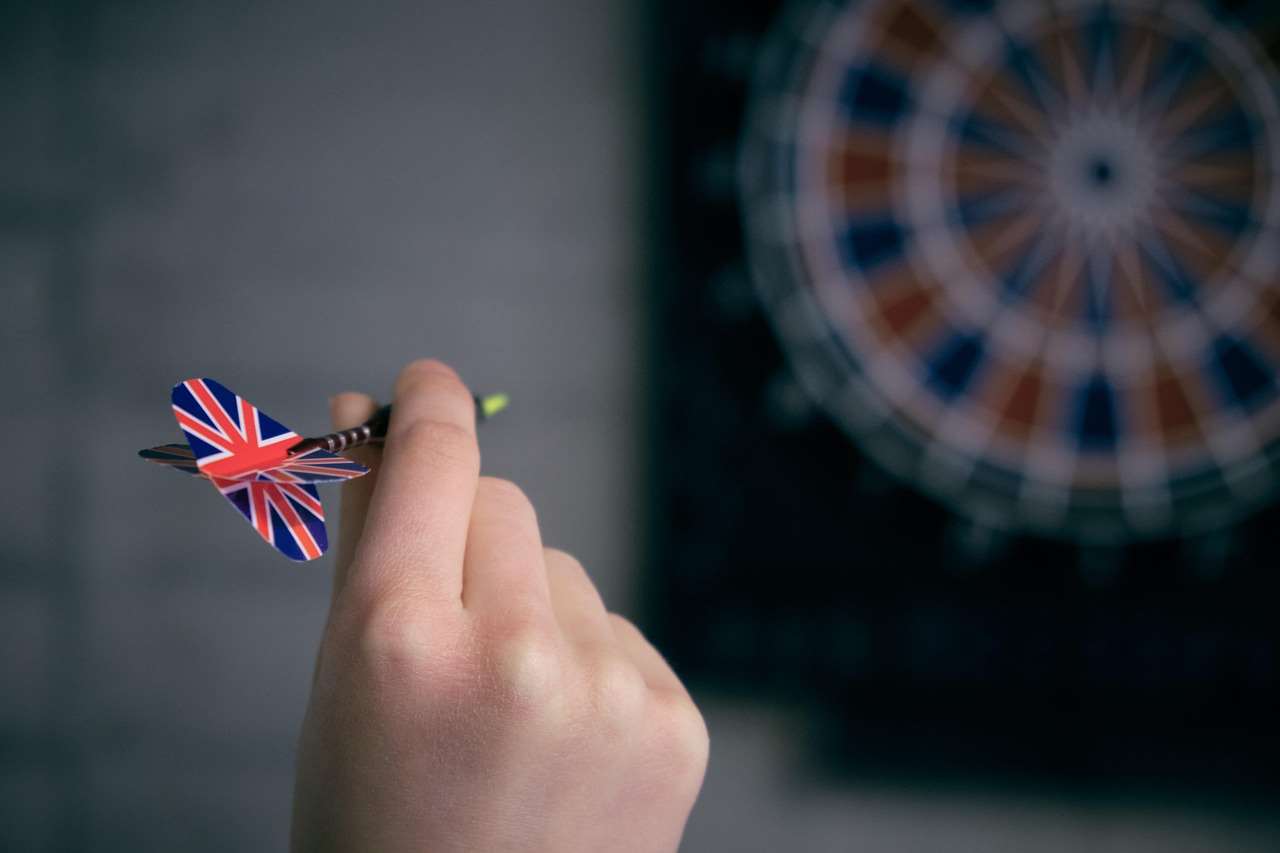
Sportsmanship and General Behavior Etiquette
Good sportsmanship is an integral part of Around the Clock darts etiquette. It encompasses respect, eerlijkheid, and a positive attitude.
- Respect Your Opponents: Treat your opponents with courtesy and respect, regardless of their skill level. Avoid making disparaging remarks or engaging in distracting behavior.
- Accept Wins and Losses Gracefully: Win with humility and lose with dignity. Congratulate your opponent on their success and avoid making excuses for your own performance.
- Avoid Distractions: Refrain from talking loudly, moving around excessively, or engaging in other distracting behaviors while your opponent is throwing.
- Honesty and Integrity: Play the game fairly and honestly. Avoid cheating or attempting to gain an unfair advantage. If there’s a disagreement about the rules or scoring, resolve it amicably.
Herinneren, the goal is to have fun and enjoy the competition. Maintaining good sportsmanship fosters a positive and inclusive environment for all players.
The Role of Encouragement and Positive Reinforcement
Encouraging your opponents, especially beginners, contributes to a more positive and enjoyable game for everyone. Offer words of support and praise their good throws. Positive reinforcement can help boost confidence and encourage them to improve their skills.
Specific Scenarios and How to Handle Them with Etiquette
Even with a clear understanding of Around the Clock darts etiquette, specific situations can arise that require careful handling. Here are a few examples:
- Disputed Score: If there’s a disagreement about the scoring, calmly review the throws and discuss the matter. If a resolution cannot be reached, agree to re-throw the darts in question.
- Dartboard Damage: If the dartboard becomes damaged during play, temporarily halt the game and assess the extent of the damage. If the damage significantly affects the game, replace the dartboard if possible.
- Interference: If an external factor, such as noise or movement, interferes with a player’s throw, allow the player to re-throw the dart.
- Accidental Dart Throw: If a player accidentally throws a dart out of turn, apologize and allow the correct player to take their turn.
Navigating these situations with patience, eerlijkheid, and respect will help maintain a positive atmosphere and prevent conflicts from escalating. You might even consider some Creative dart rules for parties and social gatherings to avoid these situations arising in the first place.
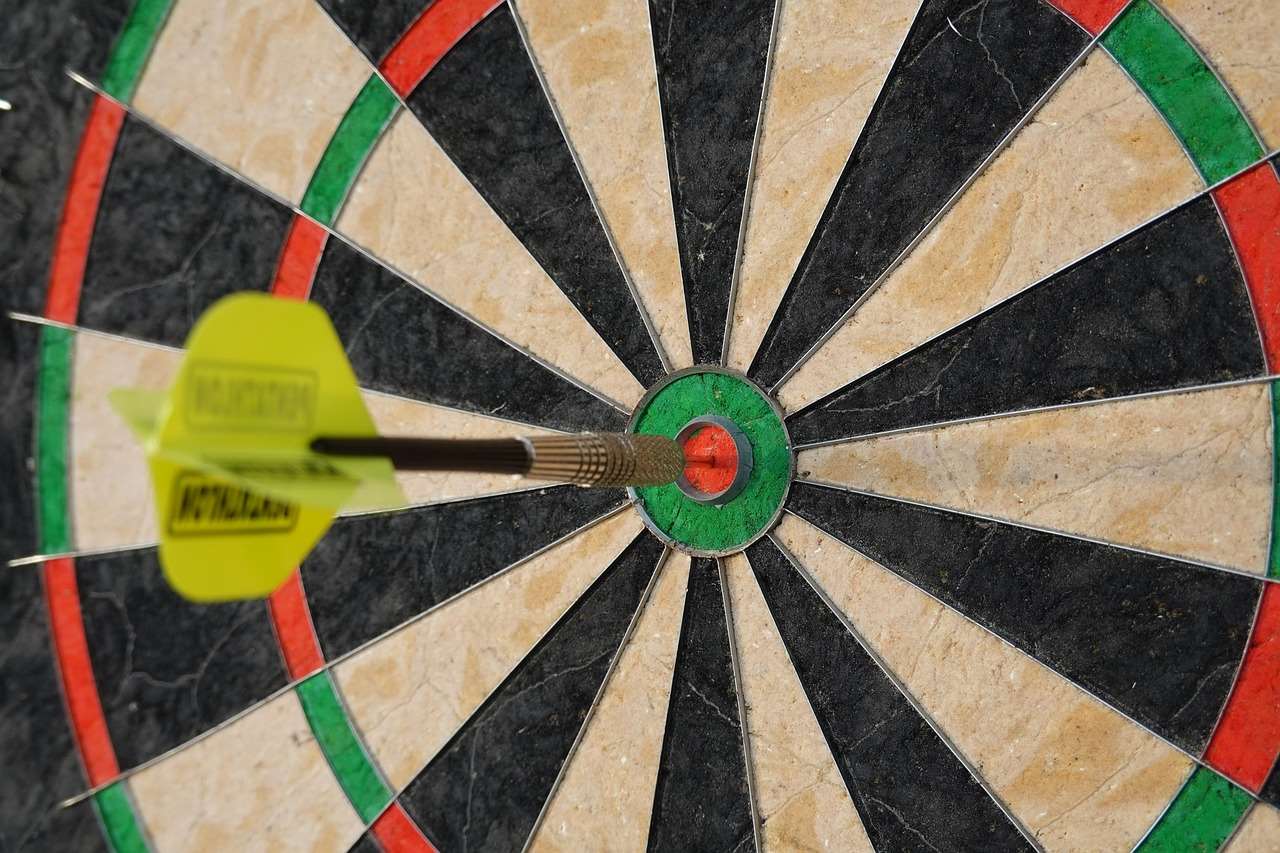
Adapting Etiquette for Different Playing Environments
The specific Around the Clock darts etiquette might need adjustments based on the playing environment. A casual game at home will naturally have more relaxed rules than a competitive tournament. Here are some considerations:
- Home Games: In a casual setting, be flexible with the rules and focus on having fun. Encourage beginners and adapt the game to suit their skill levels.
- Pub Games: Adhere to the pub’s established rules and customs. Be mindful of noise levels and respect other patrons.
- Tournaments: Follow the official tournament rules and regulations strictly. Dress appropriately and conduct yourself professionally.
Understanding the expectations of each environment ensures a smooth and respectful experience for everyone involved. Also, be prepared for Alternative darts rules for home play; they’re useful to know and implement in casual settings.
Addressing Common Etiquette Violations
Despite best efforts, etiquette violations may still occur. It’s important to address them constructively and respectfully. Hier is hoe:
- Private Conversation: If someone is consistently violating etiquette, address the issue privately and politely. Explain the impact of their behavior and suggest alternative actions.
- Focus on Behavior, Not Personality: When addressing an etiquette violation, focus on the specific behavior rather than attacking the person’s character.
- Lead by Example: Demonstrate good etiquette yourself. This can often be a more effective way to influence others than direct confrontation.
Herinneren, the goal is to create a positive and respectful environment for all players. Addressing violations constructively promotes understanding and encourages better behavior in the future.
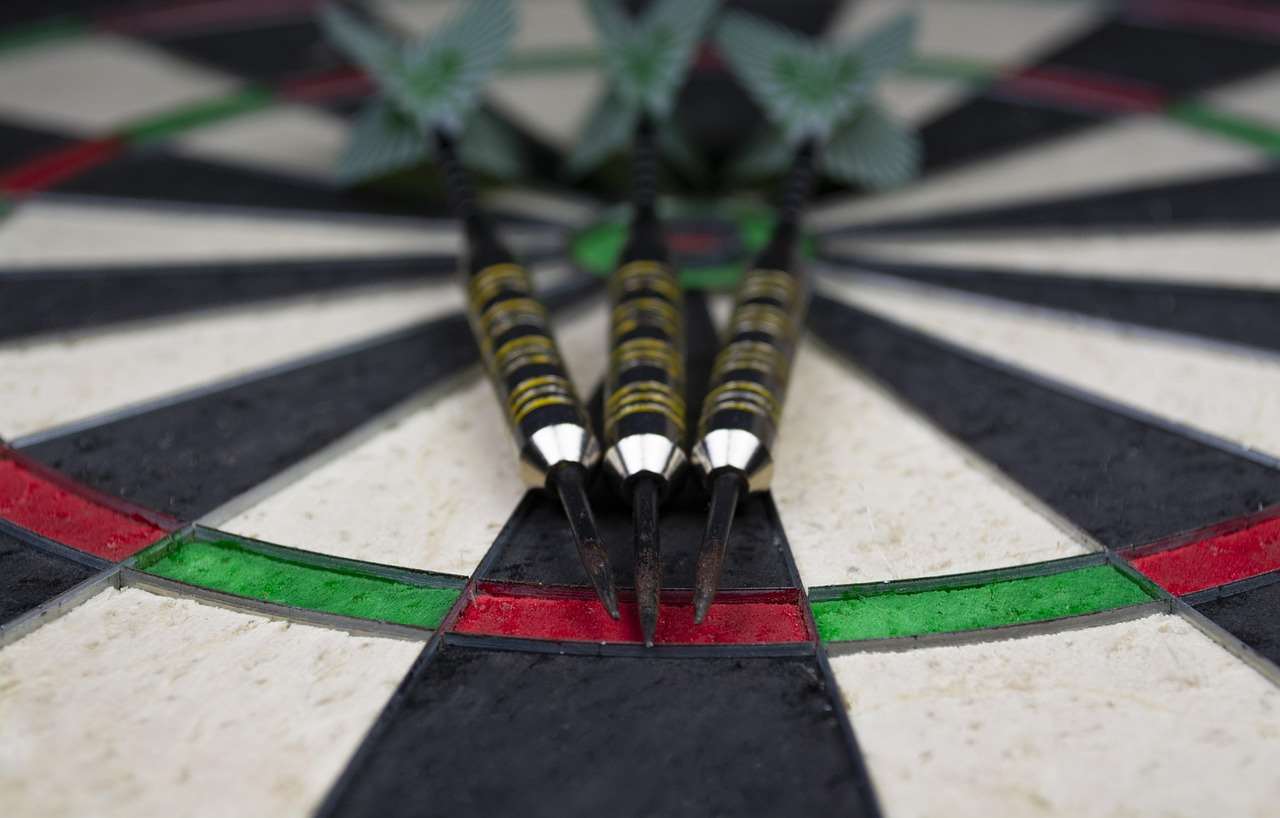
The Importance of Consistent Etiquette Application
Consistently applying Around the Clock darts etiquette is essential for establishing a positive and predictable playing environment. Inconsistency can lead to confusion, frustration, and even disputes. Be clear about the expectations from the outset and enforce them fairly for all players. This also sets a good example for others, especially newer players, and reinforces the importance of respect and sportsmanship in the game. Remember that respecting the **dart throwing distance** is key for consistent etiquette and fair play.
If there are discrepancies in skill level, it could be worth considering How to make darts fairer with handicap rules. This will help to prevent unfair playing and discourage bad sportmanship.
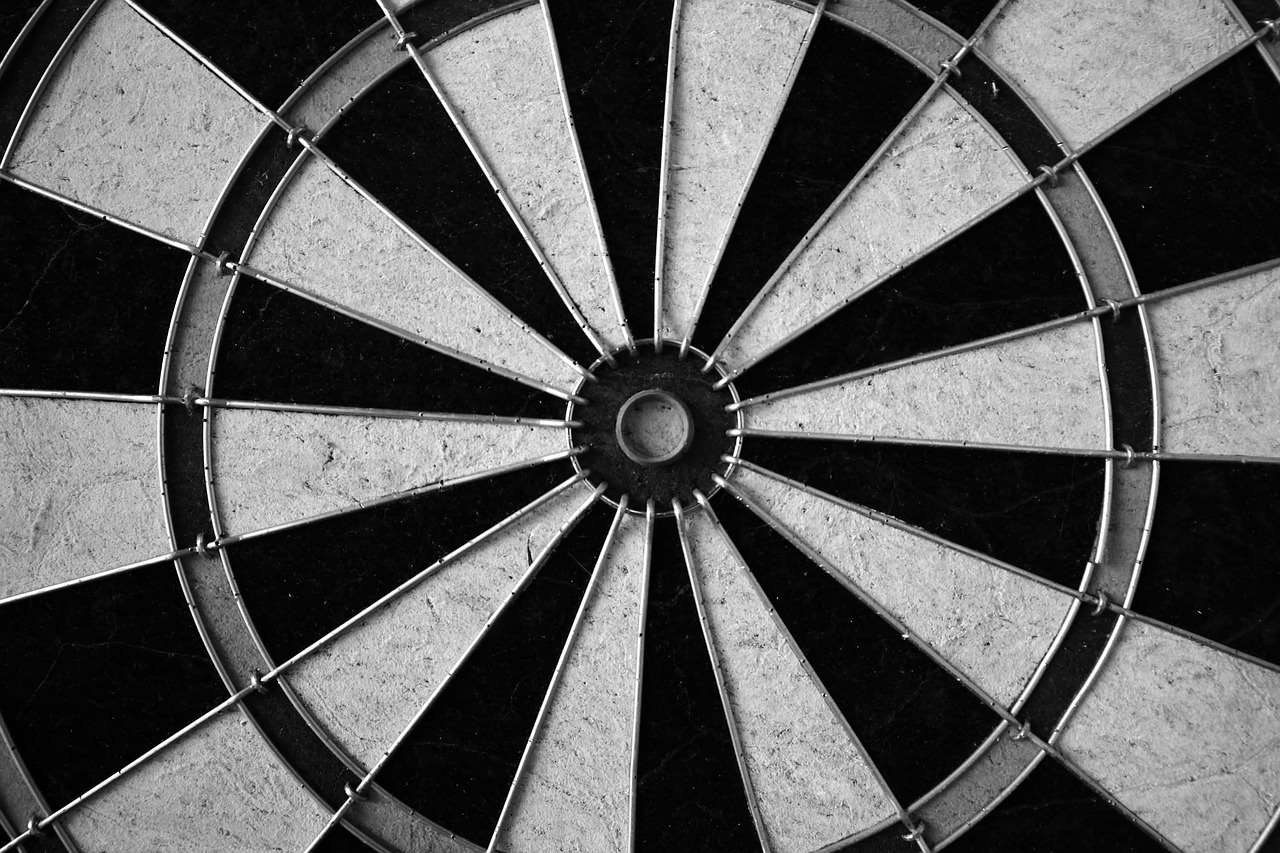
Conclusie
Mastering Around the Clock darts etiquette is as vital as mastering the game itself. By adhering to the principles of fair play, safety, and respect, you contribute to a more enjoyable and positive experience for everyone involved. From understanding the importance of turn-taking and safe dart handling to embracing good sportsmanship and addressing etiquette violations constructively, every aspect of the game benefits from mindful consideration. Dus, grab your darts, gather your friends, and put these etiquette tips into practice – and remember to always prioritize fun and respect for the game and your fellow players. Ready to improve your dart game even further? Consider exploring resources on Basic Darts Fundamentals for Beginners for a deeper understanding of the sport.
Hoi, Ik ben Dieter, En ik heb Dartcounter gemaakt (Dartcounterapp.com). Mijn motivatie was geen darts -expert - helemaal tegenovergestelde! Toen ik voor het eerst begon te spelen, Ik hield van het spel, maar vond het moeilijk en afleidend om nauwkeurige scores te houden en statistieken te volgen.
Ik dacht dat ik niet de enige kon zijn die hiermee worstelde. Dus, Ik besloot om een oplossing te bouwen: een eenvoudig te gebruiken applicatie die iedereen, Ongeacht hun ervaringsniveau, zou kunnen gebruiken om moeiteloos te scoren.
Mijn doel voor Dartcounter was eenvoudig: Laat de app de nummers afhandelen - het scoren, de gemiddelden, de statistieken, Zelfs checkout suggesties - zodat spelers puur kunnen richten op hun worp en genieten van het spel. Het begon als een manier om het probleem van mijn eigen beginners op te lossen, En ik ben heel blij dat het is uitgegroeid tot een nuttig hulpmiddel voor de bredere darts -community.